Read time – 4 minutes
Via Francigena is a journey of 150km and more than a thousand years of history. It’s a pilgrimage trek in the footprints of untold numbers of medieval pilgrims, across the fields and ancient towns towards the finale in the Eternal City of Rome, to bask in the shadow of the pomp and splendour of St Peter’s Basilica, Vatican City.
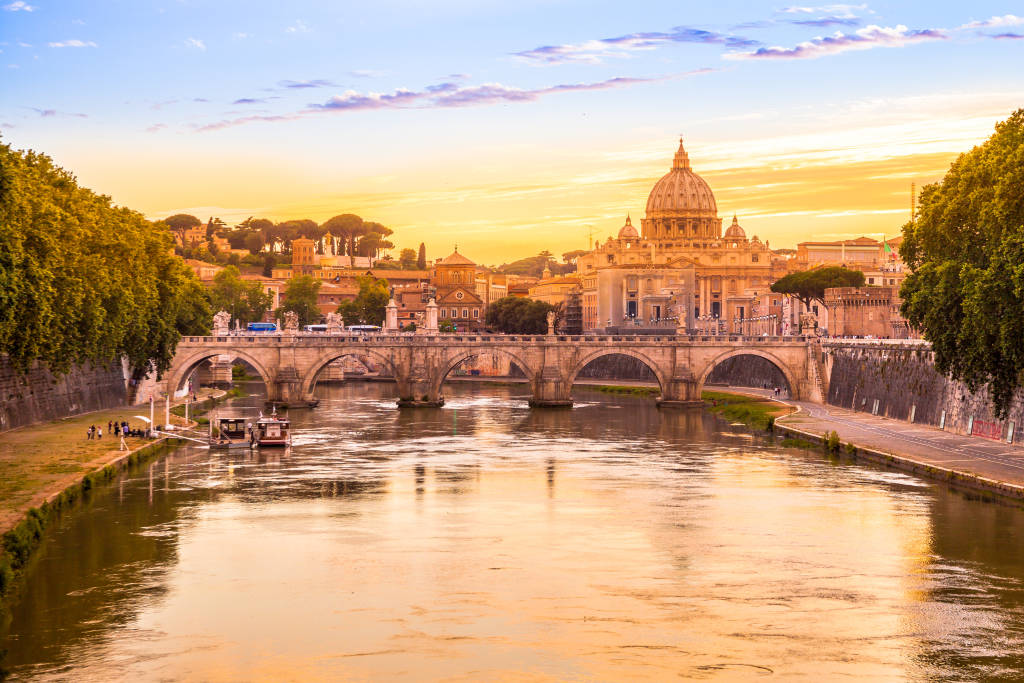 St Peter’s Square
St Peter’s Square
To call it the “Italian Camino de Santiago” is an easy and frequently made comparison, but it’s also to do an injustice to this walk.
Via Francigena
The full Francigena Way stretches from Canterbury in southern England to the Italian capital, but for those (most) of us who aren’t blessed with the time to walk across four countries, the final 150km of idyllic countryside, shaded woodland and rural scenery is a treat.
It’s a distinctively Italian landscape, with olive and hazelnut groves and old towns which echo in the early mornings with the peel of church bells.
It’s a part of the world where local, traditional food is championed – expect to see menus filled with wild boar and rabbit, plenty of pasta, lots of wine – the kind of place where spending your day walking, sharpening your appetite, can only be a plus.
The Via Francigena was once as famous and popular as the Spanish Camino. In medieval times, when pilgrimage was in its heyday, this route was plodded by countless pilgrims. But as the popularity of pilgrimages faded, the roads were overtaken by tradesmen and the Via Francigena fell into obscurity.
It’s only recently that there has been a resurgence of interest in pilgrimage walking that the Way has been painstakingly reconstructed. We’re indebted to a 10th-century Archbishop of Canterbury known as Sigeric the Serious, whose diary of his own several month-long journey has been an invaluable resource in recreating the route for modern walkers.
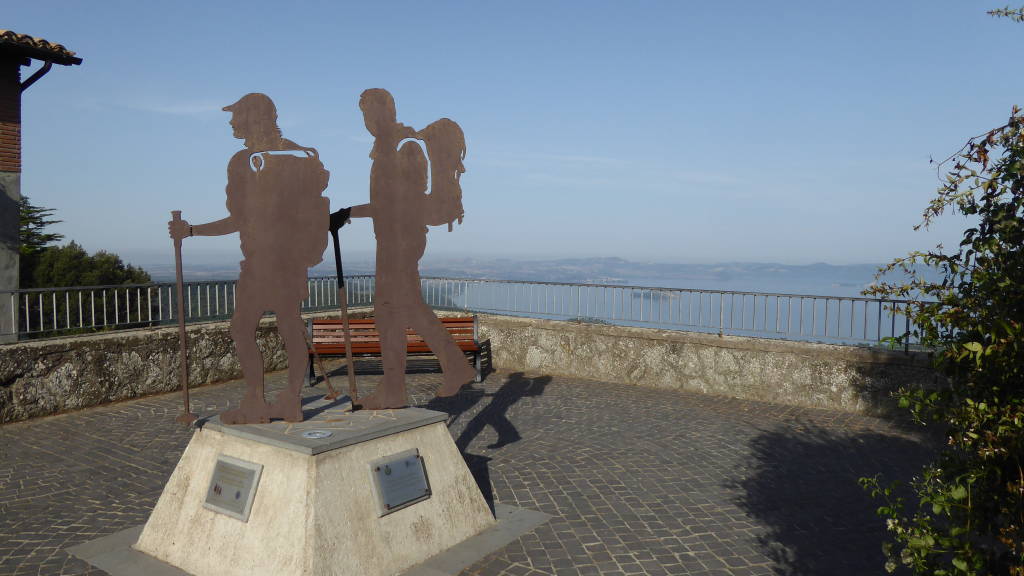 Statue dedicated to the walkers
Statue dedicated to the walkers
And it isn’t difficult to see why you’d want to recreate it. The route is a connect-the-dots of the most beautiful hilltop medieval (and older) towns; perched on volcanic tufa stone, lined with twisting cobbled streets and crowned with churches, cathedrals and castles.
Orvieto
Our start point of Orvieto is a little off the route, but it gets the journey started in style with its zebra striped cathedral full of frescos and pretty main square with cafes boasting local wines.
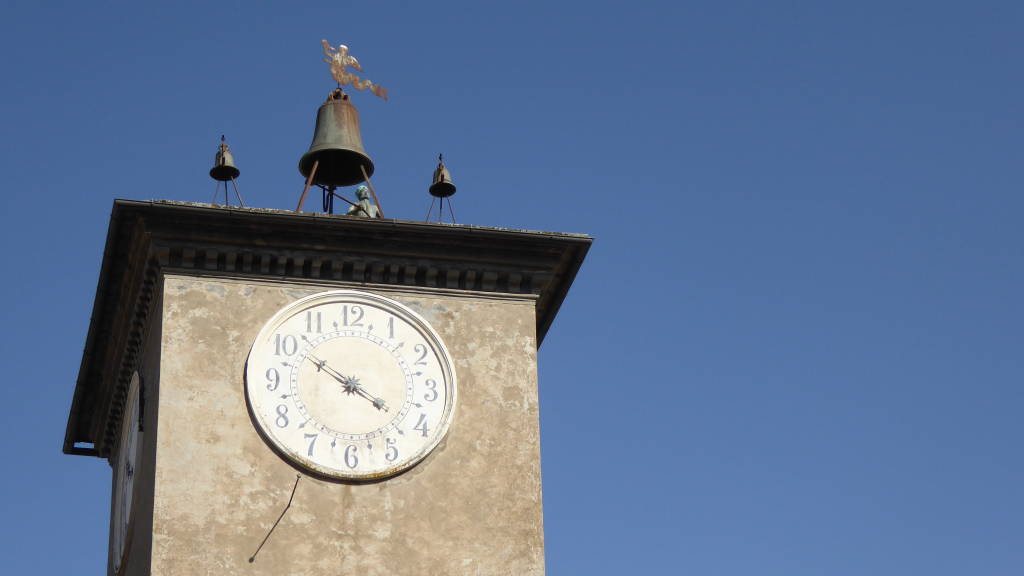 Viterbo clock tower
Viterbo clock tower
Viterbo’s medieval quarter is a charming, tangled sprawl of narrow cobbled streets twisting between splendid churches, picturesque squares and photogenic arches well worthy of an hour’s aimless wandering.
Vetralla I’ll always remember as the place where a group of priests enthusiastically gave me directions to my hotel, which I hadn’t asked for, in loud cheerful Italian, which I don’t speak.
 A quiet path on the pilgrimage route
A quiet path on the pilgrimage route
But other than that, other walkers were thin on the ground. Your main companion is the image of the ‘Pellegrino’ or pilgrim, which crops up constantly on The Via Francigena – on hotels, restaurants or on the various signs along the way. But the path is quiet – in fact it was only on the last two days of my pilgrimage that I even saw other hikers.
If the idea of a community of fellow walkers sharing the same path as you appeals, then Spain is for you – but if you crave a little solitude, some peaceful strolling, and time away from busy, popular paths, then this is the pilgrimage for you.
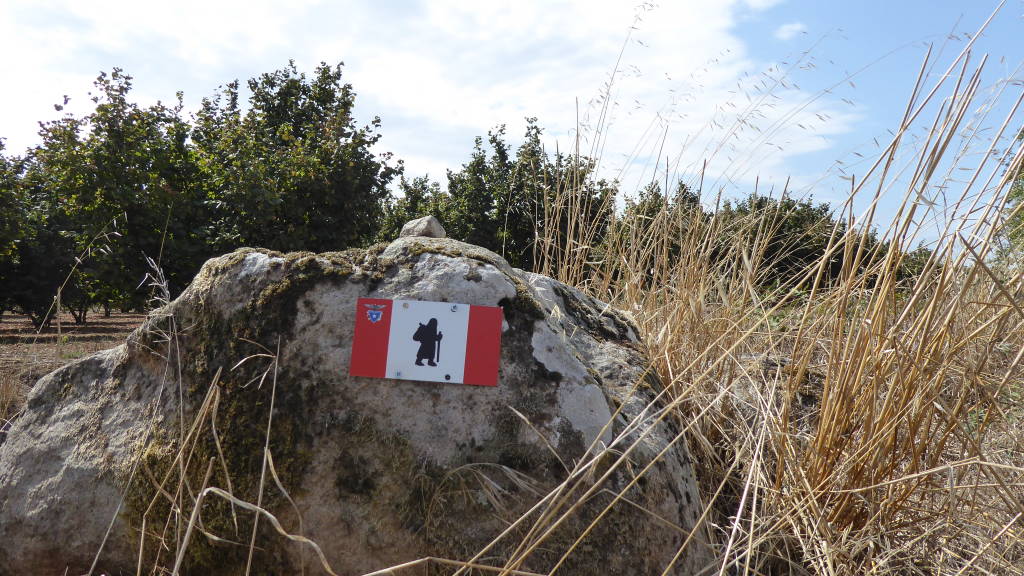 Part of the Via Francigena route
Part of the Via Francigena route
It won’t stay this way forever, though. At the moment the Via Francigena is in a sweet spot; enough resources have been poured in that it’s well signposted, there are places to stay, and there’s enough interest in the route that you’ll be able to easily complete the journey.
It’s gathering speed, and soon will reach the tipping point that will transform it from hidden gem to sought-after bucket list walk. But it’s yet to hit the limelight properly, meaning that, for now, you can enjoy one of Italy’s best kept secrets.
View more trips along The Francigena Way below.
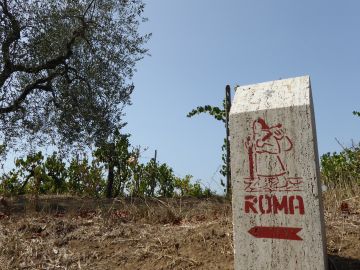
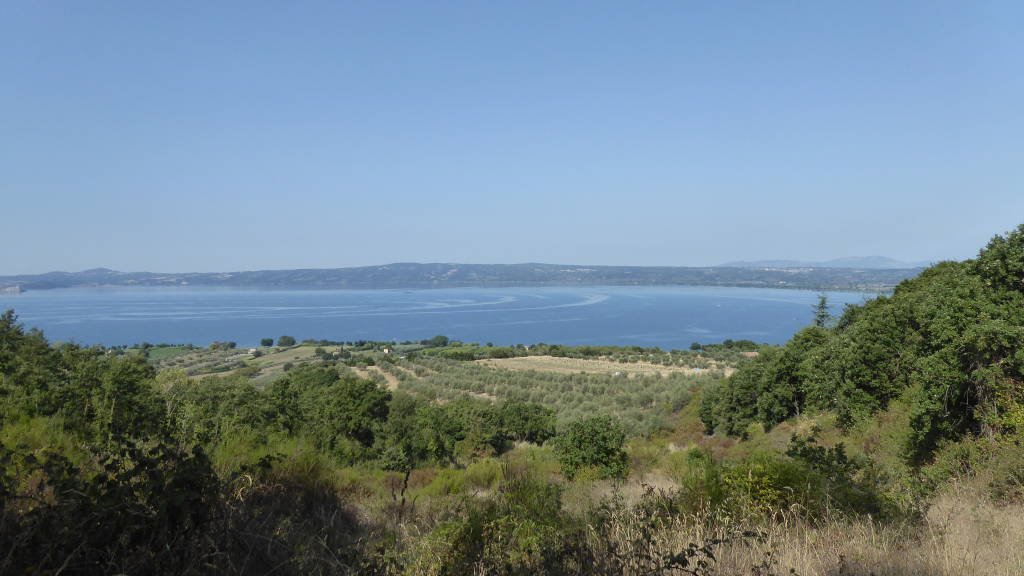 Italy’s coastline
Italy’s coastline Ancient buildings of Italy
Ancient buildings of Italy


